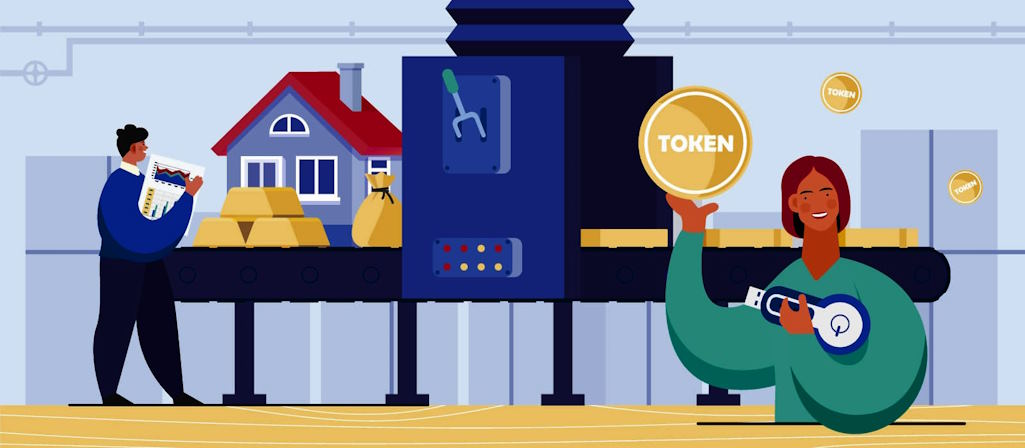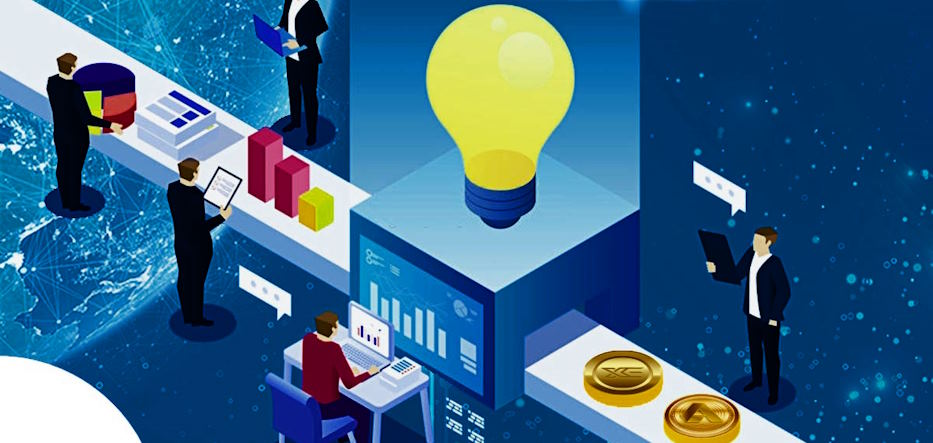
Tokenization: Digitizing Assets on the Blockchain
In today’s rapidly evolving digital landscape, the convergence of blockchain technology and asset digitization has given rise to an innovative concept known as tokenization. By leveraging the power of distributed ledger systems, tokenization enables the conversion of real-world assets into digital tokens that can be securely stored, transferred, and traded on the blockchain. This transformative process has far-reaching implications for various industries, including finance, real estate, art, and more.
The Benefits of Tokenization
Tokenization, the process of digitizing assets on the blockchain, brings with it a myriad of advantages that have the potential to reshape traditional markets and unlock new opportunities. Here, we explore some of the key benefits of tokenization.
Increased liquidity: One of the most significant advantages of tokenization is the increased liquidity it offers. By converting assets into digital tokens, tokenization allows for fractional ownership and easier transferability. This means that previously illiquid assets, such as real estate or fine art, can now be divided into smaller units, enabling a broader range of investors to participate. Additionally, tokens can be traded on digital asset exchanges, providing investors with a 24/7 market and the ability to quickly and efficiently buy or sell their holdings.
Fractional ownership opportunities: Tokenization opens the door to fractional ownership, allowing investors to own a fraction of high-value assets that were once out of reach. This democratization of ownership creates new investment possibilities and diversification options for individuals with limited capital. Fractional ownership also enables asset owners to unlock the value of their assets by selling portions of them, potentially attracting a larger pool of investors.
Enhanced accessibility and global reach: Traditional asset markets are often constrained by geographical boundaries and regulatory frameworks. Tokenization removes these barriers by leveraging blockchain technology, enabling assets to be accessed and traded globally. Investors from different countries can participate in tokenized assets, fostering greater market efficiency, and opening up investment opportunities to a wider audience.

Types of Assets That Can Be Tokenized
Tokenization, the process of digitizing assets on the blockchain, offers immense potential for a wide range of asset classes. Here, we explore some of the key types of assets that can be tokenized.
Real estate: Real estate, traditionally a relatively illiquid and high-value asset class, can benefit greatly from tokenization. By tokenizing real estate, properties can be divided into smaller fractions, allowing for fractional ownership and making it easier for investors to diversify their portfolios. Tokenization also opens up new avenues for real estate investment by lowering the barriers to entry and increasing market liquidity.
Artwork and collectibles: Tokenization provides a transformative solution for the art market and collectibles. By tokenizing artwork and collectibles, ownership can be digitally represented, enabling fractional ownership and making it easier to buy, sell, and trade these assets. Tokenization also enhances the provenance and authenticity tracking of art, providing buyers with greater confidence in the legitimacy of the pieces they invest in.
Intellectual property: Intellectual property, such as patents, copyrights, and trademarks, can be tokenized to unlock its value and provide creators with new monetization opportunities. Tokenization allows for the fractional ownership and licensing of intellectual property, enabling creators to easily sell or lease portions of their IP to interested parties. This opens up new revenue streams and encourages innovation by facilitating the exchange of intellectual assets.
The Tokenization Process
Tokenization, the digitization of assets on the blockchain, involves a systematic process that transforms real-world assets into digital tokens. Let’s explore the key steps involved in the tokenization process.
 Selection of appropriate blockchain platform: The first step in tokenization is to select the most suitable blockchain platform for the asset being tokenized. Factors such as scalability, security, consensus mechanism, and smart contract capabilities need to be considered. Popular blockchain platforms for tokenization include Ethereum, Binance Smart Chain, and Polkadot, each offering unique features and benefits.
Selection of appropriate blockchain platform: The first step in tokenization is to select the most suitable blockchain platform for the asset being tokenized. Factors such as scalability, security, consensus mechanism, and smart contract capabilities need to be considered. Popular blockchain platforms for tokenization include Ethereum, Binance Smart Chain, and Polkadot, each offering unique features and benefits.
Asset valuation and structuring: Once the blockchain platform is determined, the asset to be tokenized undergoes a valuation process. An appraisal is conducted to determine the value of the asset and identify its key characteristics. Based on the asset’s value and characteristics, a suitable token structure is defined, including factors such as the total supply of tokens, divisibility, and ownership rights associated with each token.
Smart contract development and implementation: Smart contracts play a vital role in the tokenization process. These self-executing contracts are coded to automatically enforce the terms and conditions of token ownership and transactions. Smart contract development involves defining the rules for token transfers, ownership rights, and any associated functionalities such as revenue sharing or voting rights. The smart contract is then deployed on the chosen blockchain platform.
Token issuance and distribution: With the smart contract in place, the tokens representing the asset are issued and distributed. The tokens are minted and assigned to the addresses of the token holders according to the defined token structure. Token issuance can be done through an initial token offering (ITO), where tokens are sold to investors, or through a private placement to a select group of individuals or institutions.
